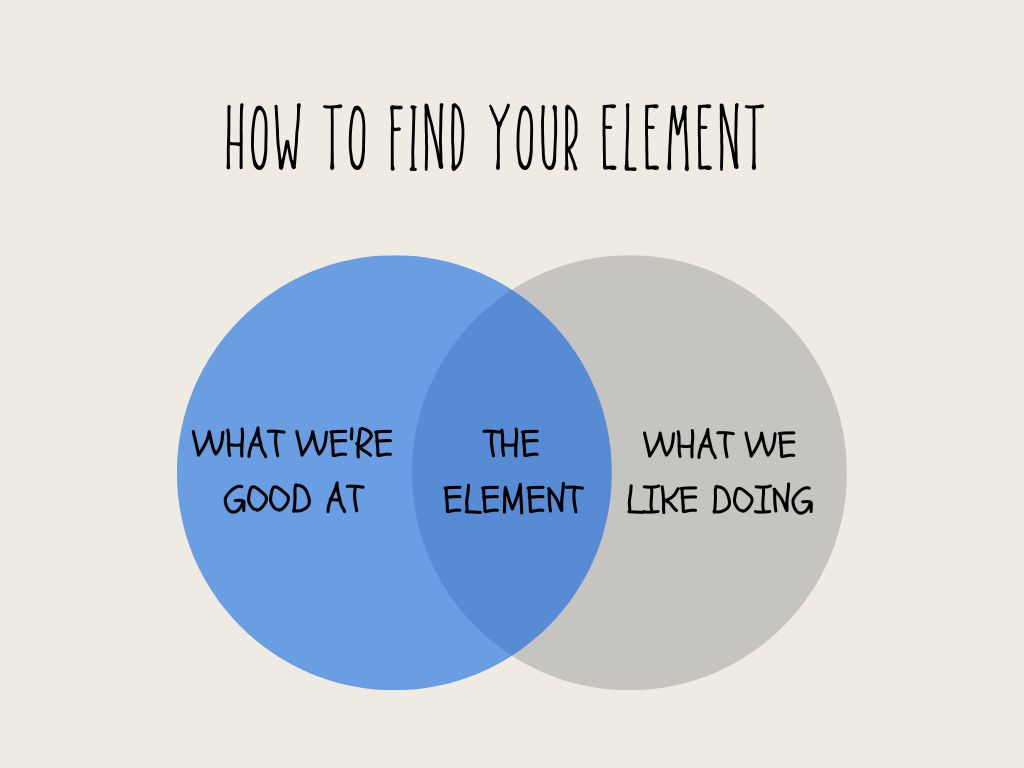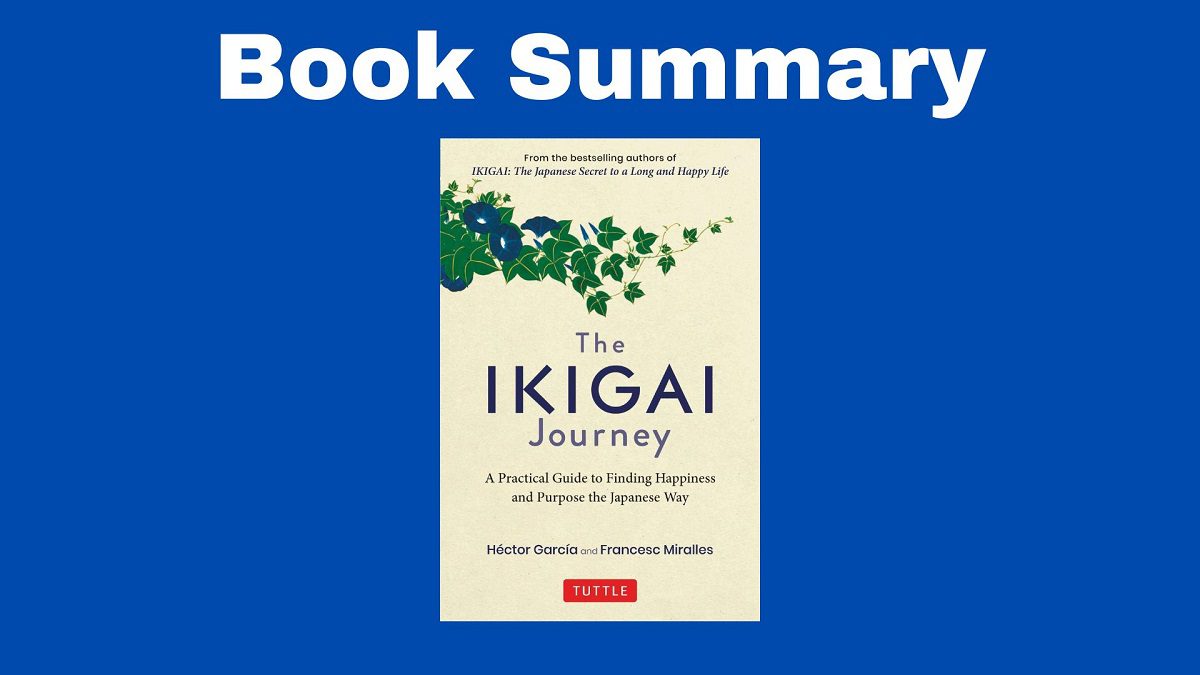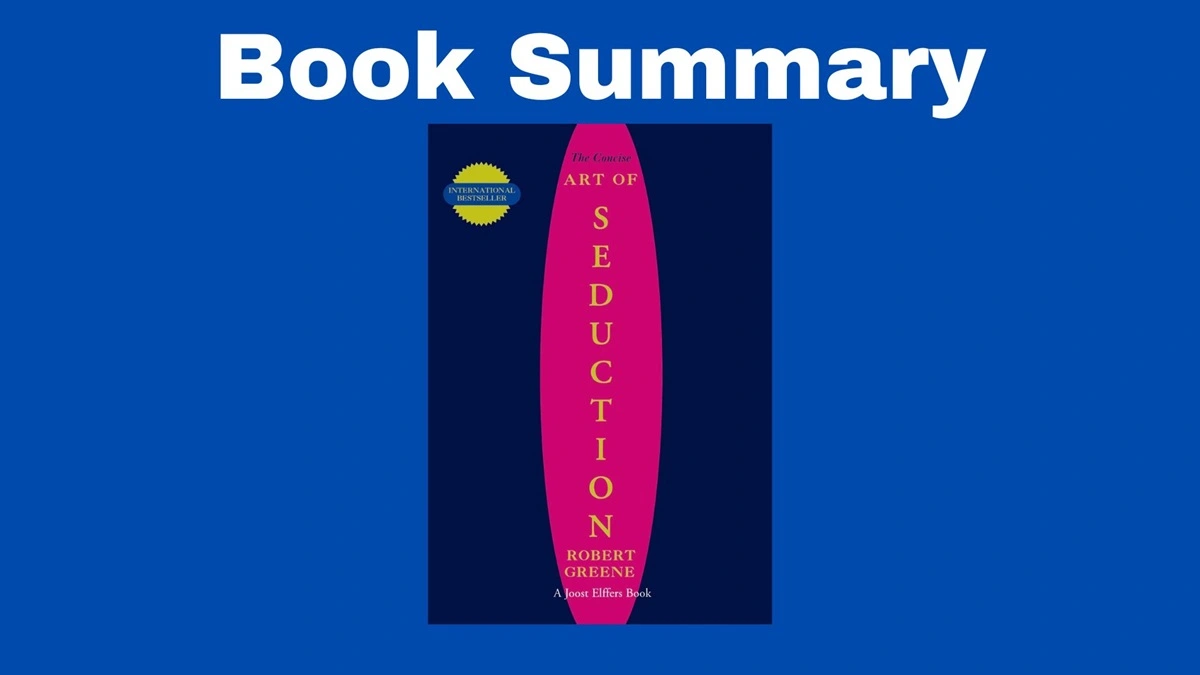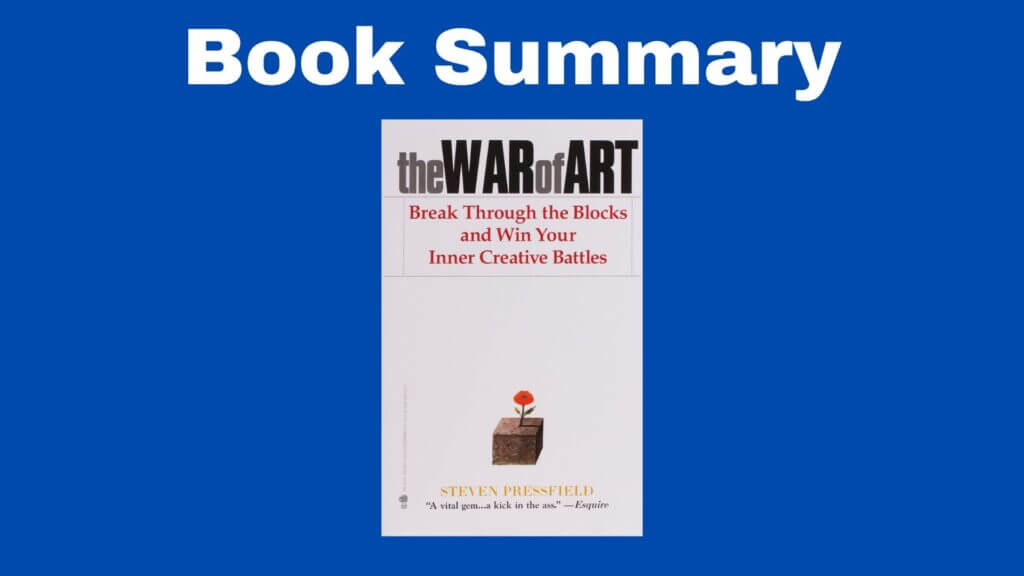The Book in Three Sentences
The Ikigai Journey offers a series of actionable exercises to find your meaning in life (the titular ikigai). Some of the oldest people in the world live in Japan and they believe that having an ikigai is the reason for their longevity. The Ikigai Journey is about finding peace by developing healthy habits and stepping outside of your comfort zone.
The Ikigai Journey Summary
The Ikigai Adventure: A Journey Through the Stations of Happiness
For their previous book, Garcia and Miralles traveled to a small village north of Okinawa and interviewed some of the oldest residents in the world. One of the main reasons those people live for so long is that they have a clear purpose, which is a concept known as Ikigai. After reading their book, a lot of people became interested in the topic and started wondering about the process of finding their passion. The Ikigai Adventure is a response to that request: this is a practical guide that can help people find their mission in life.
Part One: A Journey Through the Future
Gambarimasu is a Japanese word that means trying your hardest to complete a goal and it represents the Japanese culture accurately.
1st Station: Shinkansen – “Bullet Train” Thinking
Jack Welch was General Electric’s chairman from 1982 to 2001 and he used to review the goals and tasks of employees regularly. He soon realized certain departments were underperforming and this happened because employees were focusing on easy objectives that didn’t require much effort. This phenomenon is known as the path of least resistance. There are two types of changes: incremental, which improve something slightly, and radical, which improve something significantly. While the former is an excuse to keep things moving steadily without much effort, the latter is revolutionary. By nature, humans are more attracted to incremental changes and if we’re not careful they can affect all areas of our lives.
After meeting Eiji Makawa, the chairman of the Japanese branch of General Electric, Welch decided to do a complete redesign of the company and rebuild everything from the ground up. This is a radical change in action. A similar approach was implemented to create the Shinkansen, the first high-speed bullet train and the one that connects Tokyo with Osaka. To develop such a marvelous piece of machinery, engineers had to completely redesign the tracks, make tunnels around Mount Fuji, and make changes to the train itself.
2nd Station: Mount Fuji – Stretching the Boundaries
For the longest time, climbing Mount Fuji seemed impossible until, in the year 663, a Buddhist monk became the first person to reach the summit of the volcano. In the 19th century, women and foreigners were forbidden to climb Fuji. A British diplomat called Sir Rutherford Alcock was the first non-Japanese to get to the summit. Similarly, our day-to-day lives are full of seemingly impossible deeds but what we call “impossible” is usually a self-imposed filter that clouds our vision. Once we achieve what seemed impossible, we question the reason we doubted ourselves in the first place.
3rd Station: Gambarimasu – The Power of Patience and Perseverance
The Japanese people are perseverant and their objectives are often simple and pure. Another virtue the Japanese possess is patience. Gambarimasu is a Japanese expression that means “doing something as well as you can”. These virtues are reflected in the 100-year plan the Japanese have for the bullet train. By 2127 they expect to connect Tokyo with Nagoya in forty minutes. Second, they expect to reach Osaka in 2045. By 2120, they expect to make a profit from the bullet train.
Swedish psychologist Anders Ericsson states that humans can improve through practice. According to him, there are two types of practice: 1) naive practice involves dedicating time to something, but in an inefficient manner and 2) deliberate practice is using a detailed plan to reach a goal. Naturally, we should strive for the latter and the psychologist recommends the following steps to do so:
- Define the targets
- Give it your full attention
- Ask for feedback to make changes
Ericsson inspired British Journalist Malcolm Gladwell to write Outliers, a book through which he decided to find out why only a small fraction of people succeed. Although according to Gladwell genetics and context play some part in success, he also found out that you need around 10,000 hours of practice to achieve success. So what passion are you willing to dedicate 10,000 of your life to?
4th Station: New Habits – 21 Days to Change Your Life
Which daily habits do you focus on that get you closer to your goals and make you happy? The key to happiness is repeating the habits that make your life easier. The opposite can be said about bad habits. According to Charles Duhigg, author of The Power of Habit, you have to repeat an action for twenty-one days for it to become a habit. If we identify bad habits and replace them with good ones, our life can improve significantly.
5th Station: Feedback – How Others See Us
To design our own life, we can review different areas of it (relationships, work, finance, and so on) and make adjustments to the ones that need some work. Ask for negative feedback from friends and family and try to think about it objectively. Don’t feel the need to return the favor by giving unsolicited advice because this will be seen as criticism and might lead to resentment. Instead of focusing on the negative aspects, point out what they do well and praise them for it. Once you’ve gotten feedback, you can implement the SKS approach. Developed by Phil Daniels, the approach is based on the following questions:
- What should I stop doing?
- What should I keep doing?
- What should I start doing?
6th Station: Sempai – Put a Mentor (or Two) in Your Life
One way to engage in Ericsson’s deliberate practice is by stepping outside of your comfort zone. To help you do this, you can find a teacher, mentor, or coach. In Japan, new graduates are assigned a sempai to supervise and help them. This relationship is all about transmitting knowledge and skills. The advantage of having a mentor is that they’ll challenge you and enable you to maximize practice. You can even self-coach using progress-tracking apps, YouTube videos, biographies, niche forums, and so on.
7th Station: Emulating – Discovering, Imitating, and Outdoing
In order to improve, you can choose to emulate someone else you admire. Westerners often believe that the oldest something is, the more value it has. The Japanese don’t feel this way. In Japan, the essential beauty of something is important and it doesn’t matter if it’s a copy. This is reflected in the Ise Grand Shrine which is torn down and rebuilt every twenty years or the Japanese language which is based on Chinese characters.
Whenever you encounter something that resonates with you, think about its strong points, think about its weak points, add improvements from other sources, and use all of that to create something new.
8th Station: Your Element – Through What You Don’t Like, You’ll Get What to Do
Sir Ken Robinson led a team that was in charge of changing the UK education model. He did this by encouraging people to find their element, a mental place where the things we like doing and the things we’re good at overlap.

Robinson wrote a series of guidelines to find one’s element:
- Which skills come naturally to you?
- How can you be more confident?
- What’s your motivation?
- How can you have fun doing what you love?
Alejandro Jodorowsky suggests another approach. Instead of focusing on what you like, focus on what you don’t like and use the process of elimination to find your ikigai.
9th Station: Franklin – A Method for Strengthening Our Virtues
The authors consider Benjamin Franklin a pioneer in the world of self-help because he was aware that you needed to know yourself, as well as imitate others to improve. Franklin focused on thirteen virtues: temperance, silence, order, resolution, frugality, industry, sincerity, justice, moderation, cleanliness, tranquility, chastity, and humility. Since he strived for perfection, Franklin would write down the virtues he practiced every day. You can use a similar idea, so focus on the virtues that are most important to you personally.
10th Station Gasshuku – “Shinkansen” Sessions
You can foster creativity by gathering with other creative minds with which you have a common objective. The Japanese have a term for this known as Gasshuku. It’s used not only for work, but also to practice hobbies and sports, or to study. This requires stepping out of your comfort zone and focusing on learning as much as you can, as soon as possible. The author named these “Shinkansen sessions”. These refer to the time you devote to a project with no distractions and in a new and faraway place, such as a country house or hotel. The objectives have to be defined beforehand and the project might take several hours or several days.
11th Station: Adventure – Stepping Outside Your Comfort Zone
When we start a new adventure, we worry about leaving the familiarity of what we know. Eventually, we overcome this uncertainty and embrace new horizons. Challenging our comfort zone makes us grow, but makes us vulnerable in the process. You can train yourself to leave your comfort zone on a day-to-day basis:
- Change your route to work or school
- Read a book about an unfamiliar topic
- Walk through a neighborhood you’ve never been to
- Learn something new
- Welcome new relationships
12th Station: Timing – Taking Each Train in Time
Organizing your life can have a tremendous impact and you can start by prioritizing the most important tasks first.
The authors suggest to:
- Start with urgent and important tasks first
- Take care of non-urgent yet important tasks next
- Address unimportant, urgent tasks
- Finally, eliminate non-urgent, unimportant tasks
While identifying important tasks to do them as soon as possible, you also have to identify “runaways”, these are the activities that make us feel that time passes too quickly. Here are the most common examples with some solutions to end them once and for all:
- Social media. The solution: disconnect.
- Meals with friends or clients. The solution: limit these meetings and group them together according to the area they belong to.
- Personal matters. The solution: never deal with personal matters during working hours.
An efficient technique to be more productive is the Pomodoro technique which works like this:
- Work in 25-minute chunks with no distractions
- Take a 5-minute break after each work period
- After four “pomodoros”, give yourself a 15-minute break as a reward
By limiting ourselves to work for twenty-five minutes at a time, we can concentrate fully.
13th Station: Pareto – The 80/20 Rule
Developed by Italian Economist Vilfredo Pareto, the Pareto principle establishes that 80% of the results depend on 20% of the causes. Although originally created as an exercise that applied to the area of economy, the Pareto principle has become a decision-making device that affects business, engineering, and self-development, among many other disciplines. The 80/20 ratio can be applied to almost anything. The authors suggest identifying the essential 20% to focus on that and then identifying the unessential 80% to get rid of it. Concentrate your efforts with a laser-like focus in order to find your ikigai.
When dealing with the Pareto principle, remember that the proportions are approximate. By identifying the tasks that make the most impact, you can ignore the others. When in doubt about something, always remember that less is more. Other areas where you can use the Pareto principle include your clothes, possessions, worries, and relationships, to name a few.
14th Station: The Power of Words – Give Your Projects Memorable Names
To change your reality, change the language you use: using positive expressions can transform your thinking and the consequences of your actions. Written words are more powerful than vague thoughts, so when possible, write down what you’re thinking about. Likewise, if you want to bring a project to life, give it a name.
Part Two: A Journey Through Our Past
Whenever you think of negative experiences of the past, remember that they taught you valuable lessons.
15th Stations: Kindergarten – Recovering the Power of Children
Memories of childhood can give us profound sadness because they remind us of the dreams we gave up on. As soon as one realizes that life is brief and you have to live with passion, your trajectory changes. Dedicate the rest of your life to changing the world, even if that’s on a small scale. If you want to find your Ikigai, never forget the dreams you had as a child. Children have a free spirit and endless creativity after all. Apart from your goals, never forget the lessons you learned in kindergarten: share with others, organize, use kind words, do different things, play, take care of yourself, and find magic in little things.
16th Station: Nostalgia – Returning to the Source of Our Happiness
Your roots are part of your identity. Humans pack a reserve of happiness for when they need it the most and it comes in the form of memories. These memories can give us strength.
17th Station: Friendship – Reboot Your Friend Map
Surround yourself with people you trust. To fulfill your ikigai, you need to find people who are right for you. Get rid of the people who complain, criticize, demand your time and attention in negative ways, and drain your energy.
18th Station: Hindsight – Connect the Dots
The future is, by definition, uncertain. Everyone is lost at some point in their lives but follow your instincts. Even if you make a mistake, you’ll be learning a valuable lesson. To prepare for the future, look at the path you’ve taken so far.
19th Station: Analog – How to Go On a Digital Diet
Although the Japanese are famous for developing reliable technology, they also seek activities that require them to disconnect, such as taking pictures using analog cameras. Unlike digital cameras, having a limited roll of film makes you appreciate the shot before you take it. Analog photography lets you focus and enjoy the process.
You can detox by going on a digital diet. To do so:
- Spend a day or two away from devices
- Use a notepad to take down notes
- Use an analog camera
- Prioritize quality over quantity
There’s a slowness to analog that gives us time to enjoy the process. Some ways to enjoy analog include:
- Reading a printed book
- Using a notepad to take down notes
- Using an analog camera
- Checking a draft using pen and paper
- Listening to music on a record player
20th Station: Slow Life – You Can Get a Long Way Walking Slowly
Disconnecting from technology isn’t enough to get back to the human rhythm, we also need to slow down. Unfortunately, today’s society sees the busiest person as the most successful. Give more importance to quality than quantity in all areas of your life: clothes, food, work, people, entertainment, possessions, and technology.
Slow life is about regaining control of your life and reconnecting with nature. To participate in the slow life movement and improve your quality of life, you can implement the following rituals:
- Schedule social media usage
- Put your phone in airplane mode often
- Choose a medium and time of day to follow the news
- Enjoy meals without a hurry
- When you work, work well
Part Three: A Journey Through Our Present
21st Station: Presence – If You Aim at Two Ducks, You Miss Them Both
Distractions have taken control of our lives. Regardless of what people say, humans aren’t made for multitasking, we’re made to concentrate for hours on one thing at a time. Whenever you have to deal with several tasks, do it one at a time in a sequence rather than all of them at once.
Mindfulness is about being present and conscious about what we’re doing. You can do this on a day-to-day basis by concentrating on meals, giving your undivided attention to people, and appreciating every action you do as if it was your last day on earth. Be the one in control of your own life. Plan, don’t simply react to things as they come your way.
22nd Station: To Write Is to Select – The Power of Putting Pen to Paper
Writing can be therapeutic, it allows us to clarify and organize thoughts and emotions and you can get rid of the burdens you have in your subconscious by writing down thoughts. Feelings and ideas, you can go in the right direction.
Keep a diary in order to write on a daily basis, to do this:
- Sit and write what comes to your head
- Write about exciting events or plans for the future
- Focus on the positive side of things
23rd Station: Haiku – Awaken Your Inner Poet
Haiku is a style of Japanese poem that’s about what’s happening now. Haiku has three verses with five, seven, and five syllables. The verses have to be simple and metaphor-free.
To write a haiku:
- Write three verses that don’t rhyme
- Keep it short to read it aloud in one breath
- Traditionally, you can include references to nature
- Express observations
- Include one of the five senses
24th Station: Crucial Decisions – Initiatives that Change Your Life Forever
In life, there are important decisions that change your trajectory and some of the hardest ones can be stressful. Remember that these decisions are life-changing and that you have to take them at some point.
25th Station: Night Shift – Activating the Nighttime Office
It’s said that what happens when we sleep is important for both our present and our future. Lucid dreams have been controversial because they haven’t been scientifically proven. The person is aware they’ve been dreaming, but they can explore their own subconscious. A lot of people have lucid dreams, but there are techniques to induce them as well. Lucid dreams happen in the REM stage and they are triggered by unexpected or strange events within the dream or when we wake up briefly and go back to sleep. Lucid dreams can help us overcome fear, train skills, make decisions, and maybe, find our ikigai.
26th Station: Enso – The Circle of Inner Harmony
Drawing the Enso circle can help us be mindful. To do so, you draw a circle by hand using a brush in a single stroke. According to the Japanese, there’s beauty in imperfections, so don’t worry about sketching the perfect circle. The key is to repeat the stroke so that you improve over time, but more importantly, to practice patience.
27th Station: Koan – The Power of Lateral Thinking
Koan is a question or riddle that tries to activate lateral thinking, a sort of philosophical question that doesn’t involve logical thinking. Both the question and the answer can be unsettling and confusing, but they make us think about a problem in indirect and creative ways.
28th Station: Mindfulness – Cultivating Your Undivided Attention
Mindfulness is being alert and in the present moment. It’s about being calm without judging and analyzing our emotions. To prevent a future where we regret our past, practice mindfulness and concentrate on the present by giving things or people your full attention. To practice, mindfulness remains still and sense each part of your body, think of five sensations that affect each of your senses, take time enjoying meals or bring yourself back to the present when you’re having negative thoughts.
29th Station: Serendipity – When Accidents Are Fortunate
Some of the best things in life are accidents. Saying yes to invitations is a happy accident waiting to happen.
- To practice serendipity, give the world signals that you exist by publishing original content on social media, sending emails to people you admire, giving people your business cards, offering help, and asking for help too.
- Add randomness to your life by inviting friends who don’t know each other, have coffee with someone you’d like to know more about, participate in discussions about topics you’re not interested in, read books about topics that are new to you, learn or study something new, and do something new.
- Get out more by traveling more often, taking a new route to work or school, and going to new restaurants in cafes.
30th Station: RAK – Random Acts of Kindness
A random act of kindness is something you do for someone else in order to make them feel better. According to science, kind people are happier but don’t try to save the world. Help someone from the heart and see where it goes.
31st Station: Touch – The Importance of Touching
Physical touch with another person is a way to nourish the spirit and a way to express yourself. Don’t think about touch in sexual terms, but as another way to establish an emotional connection with someone and show affection to them. This can be a hug, a pat on the shoulder, or a handshake. You can build touching into your routine by greeting family members with a hug or a kiss, holding your partner’s hand, greeting friends with a hug, and speaking affectionately.
32nd Station: Uncertainty – The Best Plan Is Not to Have One
When you’re faced with uncertainty, the best emotion you feel is anxiety, but soon that becomes excitement and a sense of adventure. Finding the balance between control and uncertainty is important in the path of self-fulfillment. Overplanning kills passion, so practice spontaneity to find your ikigai. The people you travel with are more important than the destination, so choose them wisely.
33rd Station: Kaizen – Constantly Changing for the Better
Kaizen is the Japanese philosophy of constantly improving. To achieve this, everyone involved must play a part in the process and unneeded parts must be eliminated. Every decision matters and nothing is taken lightly. To apply Kaizen, use the PDCA circle: Plan, Do, Check, and Act.
- Plan: set concrete objectives
- Do: carry out your plan and gather data.
- Check: analyze all the data you’ve collected
- Act: act accordingly and make adjustments depending on the data you’ve gathered.
34th Station: Kyudo – The Art of Archery
Kyudo is a Japanese discipline known as the art of archery that allows you to exercise the body, the mind, and the spirit. Among other things, Kyudo teaches people to be patient, perseverant, humble, flexible, and constant learners.
35th Station: Toshogu – The Lesson of the Three Monkeys
In the Toshogu temple, located in Nikko, a city north of Tokyo, you can find the wooden sculpture of the three wise money. These animals represent a proverb that says: “see no evil, hear, no evil, speak no evil.” Similarly, before telling something to someone, evaluate how truthful, kind, and necessary it is.




